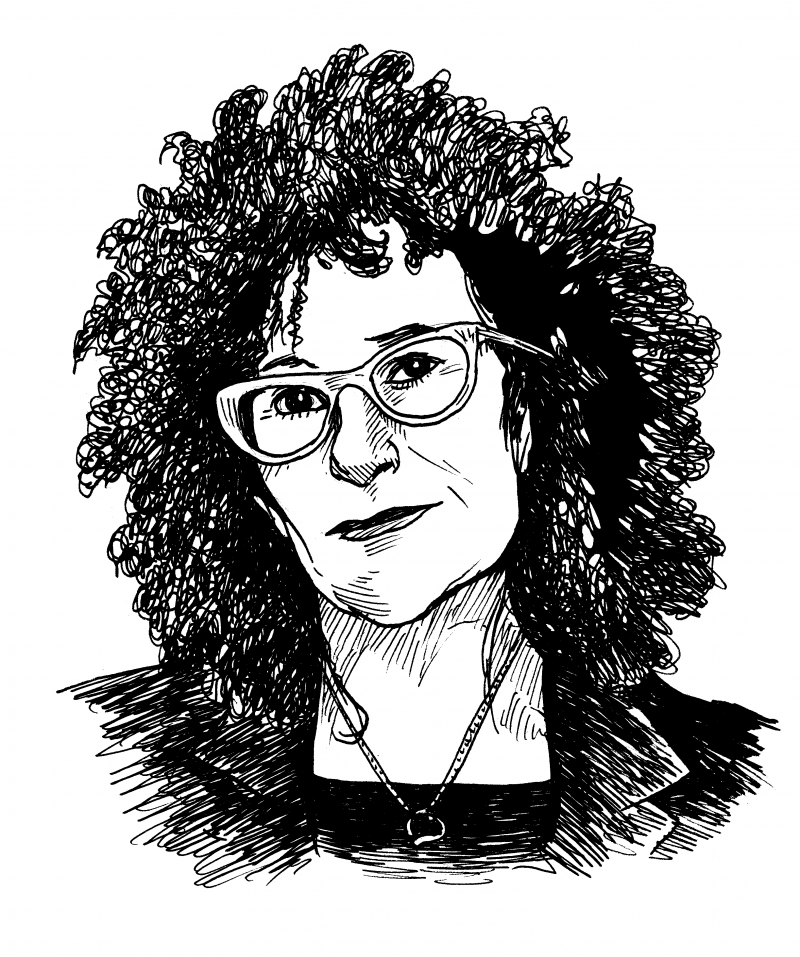A few years ago, I got a glimpse into the mind of Lynne Tillman. She and I were with mutual friends, wandering through New York City, seeking out a space that was large but quiet enough to talk in. Eventually we found an empty Japanese restaurant. After fielding our modest order (a couple of appetizers and a round of complimentary green tea), our server snatched up the menus, muttering as she walked off, “Thanks… for nothing!” Still, we stayed. Then came the inspired moment: Lynne suggested we tip gratuitously—somewhere between 50 and 75 percent—the idea being that our server would be saddled with the guilty knowledge that she had performed her job poorly, and then been rewarded for it. Irony, surprise, and artful mischief: such is the singular sensibility of Lynne Tillman.
The Woodmere, New York, native has made a three-decades-plus career out of her uncommon ability to blur the line between fiction and critical thought, producing five novels, five story collections, and four books of nonfiction, a highlight of which is the 2014 National Book Critics Circle finalist What Would Lynne Tillman Do? Erudite and formally adventurous, the essay collection is divided according to the letters of the alphabet and features insights into many of her artistic heroes, including Andy Warhol, Paula Fox, Edith Wharton, and Jane and Paul Bowles.
In her recent collection, The Complete Madame Realism and Other Stories, Tillman writes: “It’s only a story really should read, it’s a way to think.” The book displays her knack for turning thought processes into scintillating literary works, many of which were originally published as art criticism featuring the fictional character Madame Realism, whose name is Tillman’s “retort to surrealism”—Sir Realism—and the movement’s positioning of women as both “deified and secondary.”
Her early books (the 1980 novella Weird Fucks and 1987 novel Haunted Houses) chronicle the lives of young women—friendships, near-perfunctory sex, revolving-door relationships, Oscar Wilde—and their rebellions against their educations as women. Over the next three decades, Tillman’s focus has widened to include both wryly self-reflexive perspectives on art and culture, such as in Madame Realism, and contentious viewpoints, such as those of a fictional Justice Clarence Thomas (“He’d talk if he wanted,” she writes in the story “Give Us Some Dirt,” “and he preferred not to”). Tillman has also furthered discursive nonfiction forms, such as her Frieze essays on the revolutionary aspects of the birth control pill and the “sick joke” that is the current American political situation. Her forthcoming novel, Men and Apparitions, about an inquisitive, photography-obsessed ethnographer named Ezekiel Hooper Stark, will be published by Soft Skull Press...
You have reached your article limit
Sign up for a digital subscription and continue reading all new issues, plus our entire archives, for just $1.50/month.
Already a subscriber? Sign in





